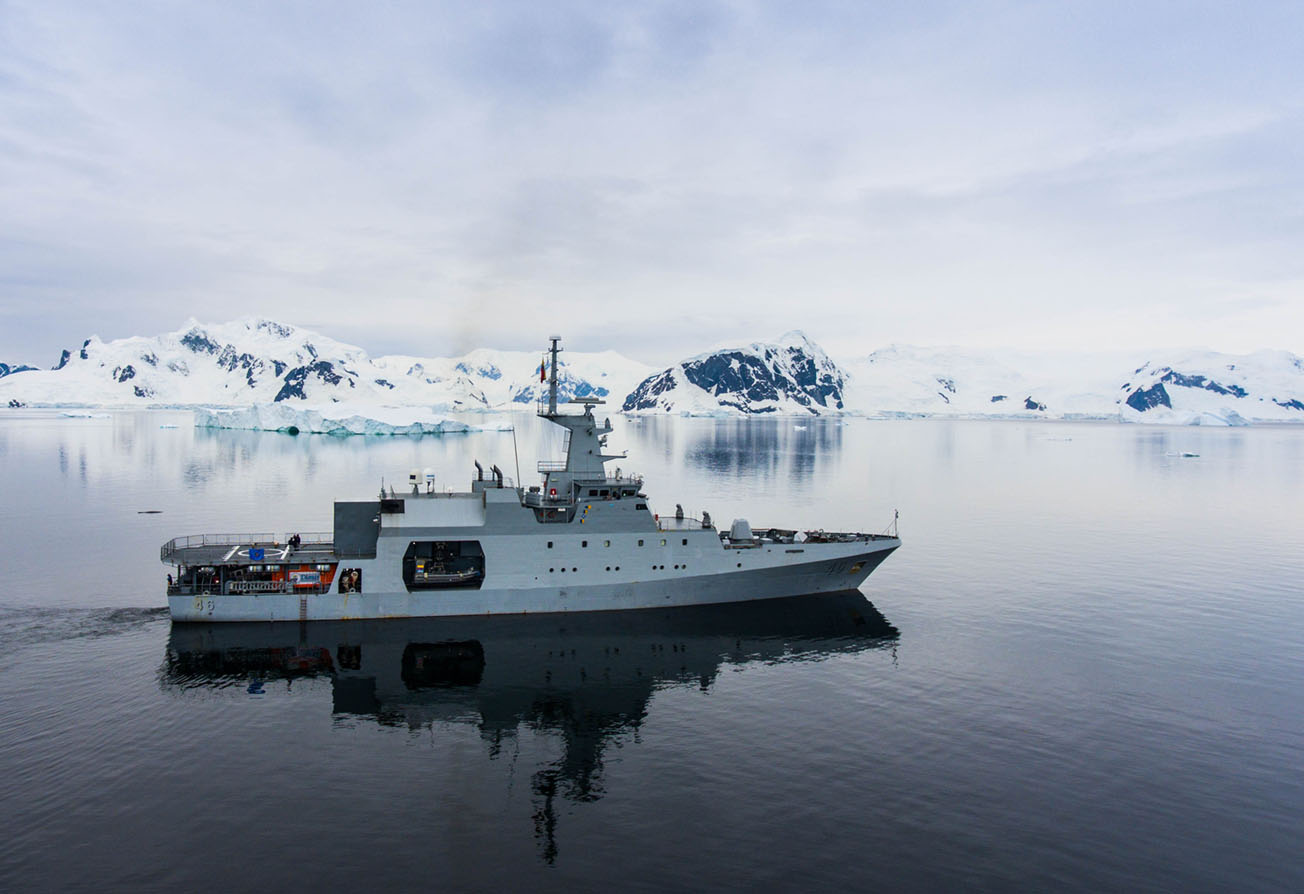Hull rationalisation might also help support an ongoing shipbuilding program.
For example, would we really need different hulls to replace Our two LHDs, the Choules, the proposed logistic/tanker and the Pacific Support ship?
I realise that in a perfect world you would want to have a perfectly optimised ship but would that outweigh the benefits of maintaining, operating and building a single hull form?
For example, would we really need different hulls to replace Our two LHDs, the Choules, the proposed logistic/tanker and the Pacific Support ship?
I realise that in a perfect world you would want to have a perfectly optimised ship but would that outweigh the benefits of maintaining, operating and building a single hull form?


